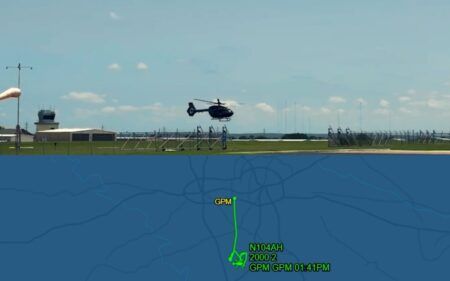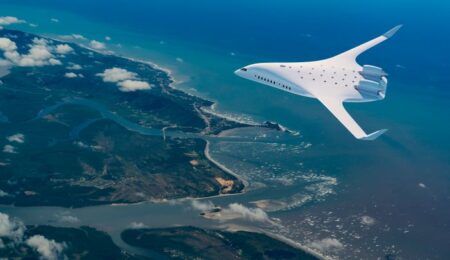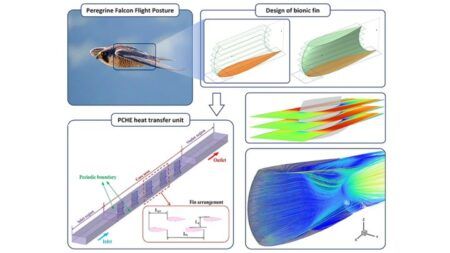NASA has completed testing of a scale tiltwing model to support development of advanced air mobility aircraft including air taxis and autonomous cargo drones. The testing took place in May and June at NASA’s Langley Research Center in Hampton, Virginia, USA.
The wing is a scale model of a design used in tiltwing aircraft, which can swing their wing and rotors from vertical to horizontal. This allows the aircraft to take off, hover, and land like a helicopter, or fly like a fixed-wing airplane.
NASA tested a 7ft (2.1m) wing model with multiple propellers in the 14-by-22-Foot Subsonic Wind Tunnel at Langley. The model is a semispan, or the right half of a complete wing. Understanding how multiple propellers and the wing interact under various speeds and conditions provides insight for the advanced air mobility industry.
“NASA research supporting advanced air mobility demonstrates the agency’s commitment to supporting this rapidly growing industry,” said Brandon Litherland, principal investigator for the test at NASA’s Langley Research Center. “Tool improvements in these areas will greatly improve our ability to accurately predict the performance of new advanced air mobility aircraft, which supports the adoption of designs.”
The wing is outfitted with over 700 sensors designed to measure pressure distribution, along with several other types of tools to help researchers collect data from the wing and propeller interactions. The wing is mounted on special sensors to measure the forces applied to the model.
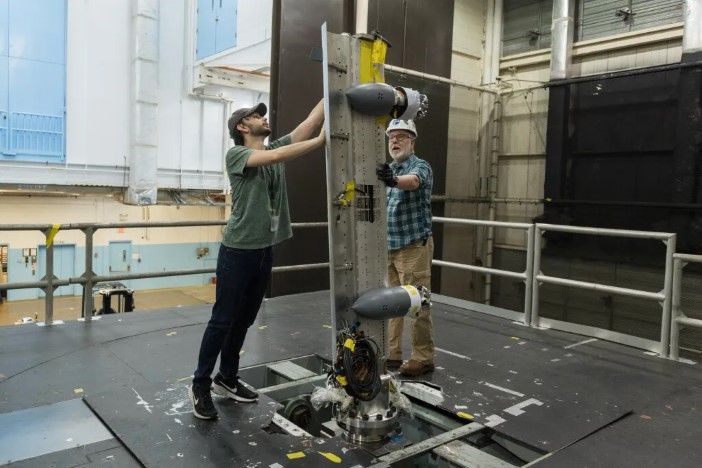
Sensors in each motor-propeller hub measure the forces acting on the components independently. The model was mounted on a turntable inside the wind tunnel, so the team could collect data at different wing tilt angles, flap positions, and rotation rates.
“This tiltwing test provides a database to validate the next generation of design tools for use by the broader advanced air mobility community,” said Norm Schaeffler, the test director, based at Langley. “Having design tools validated for a broad range of aircraft will accelerate future design cycles and enable informed decisions about aerodynamic and acoustic performance.”
The team also varied the tunnel wind speed and adjusted the relative positions of the propellers. Researchers collected data relevant to cruise, hover, and transition conditions for advanced air mobility aircraft.
This work is managed by the Revolutionary Vertical Lift Technology project under NASA’s Advanced Air Vehicles Program in support of NASA’s Advanced Air Mobility mission, which seeks to deliver data to guide the industry’s development of electric air taxis and drones. Once NASA analyzes this data, the information will be released to industry on NASA’s website.
Several companies are working on tiltwings, but NASA’s research into the scale wing will impact nearly all types of advanced air mobility aircraft designs. The testing supports improved aircraft designs and enhances the analysis tools used to assess the safety of future designs.
